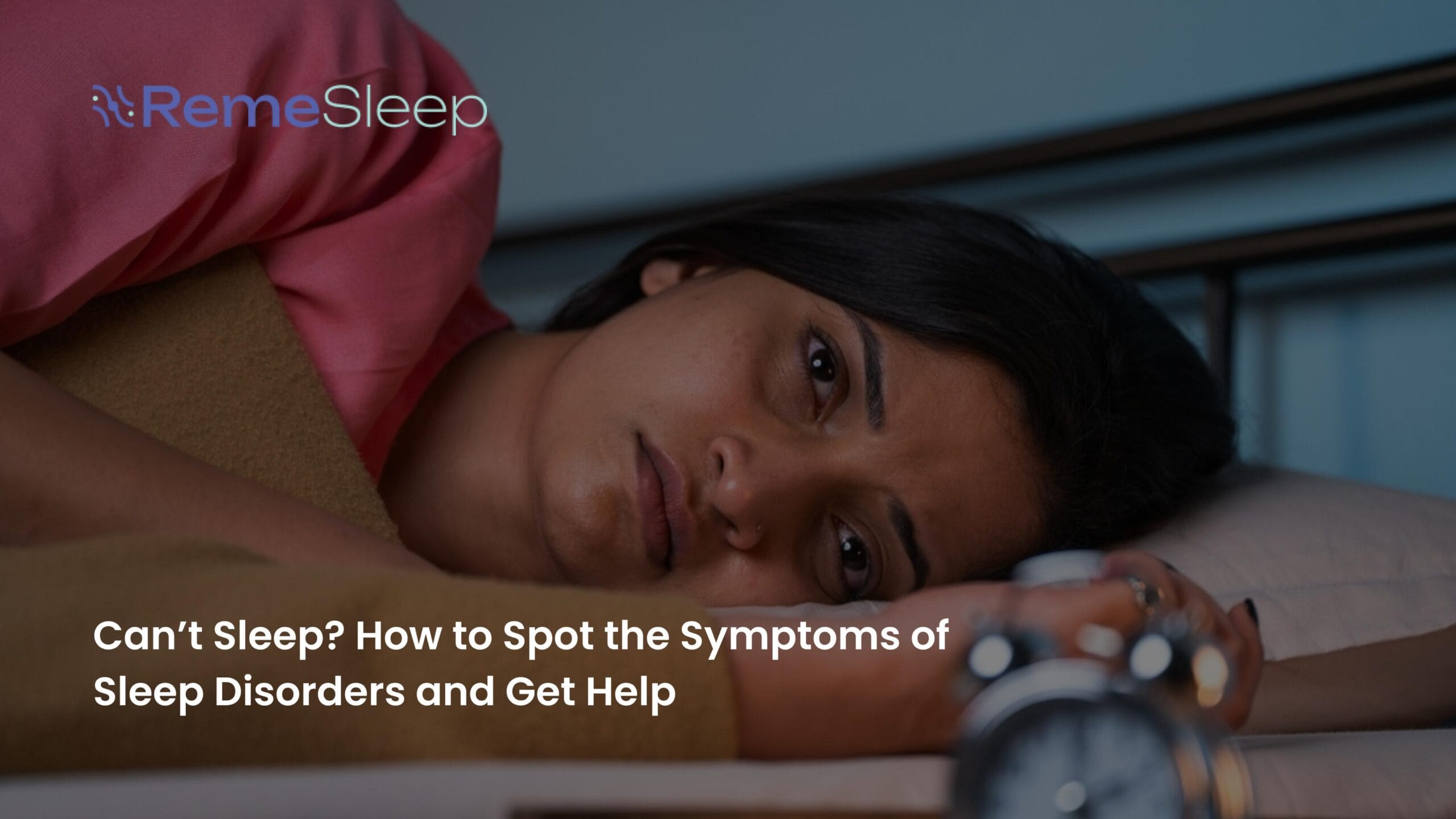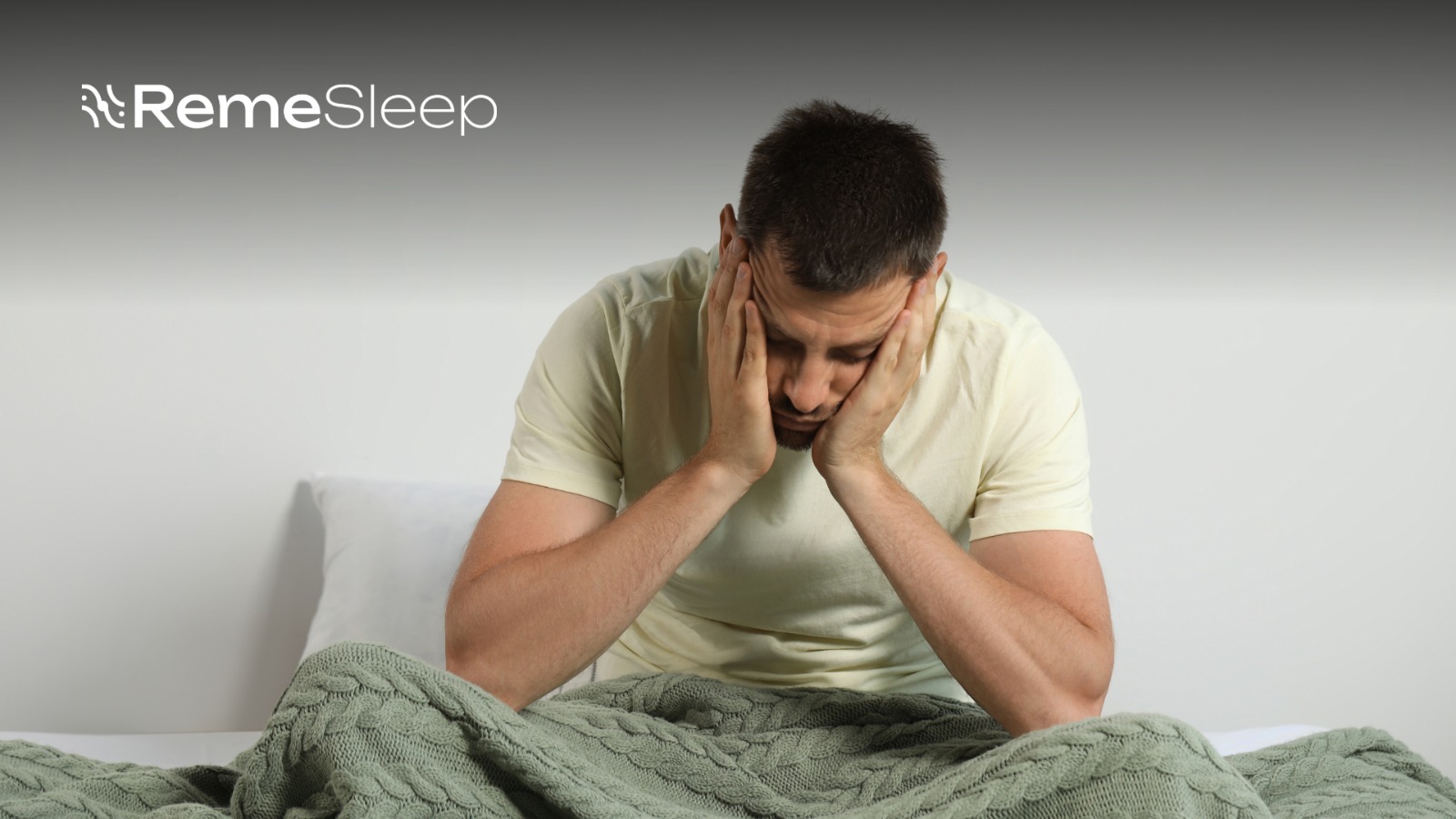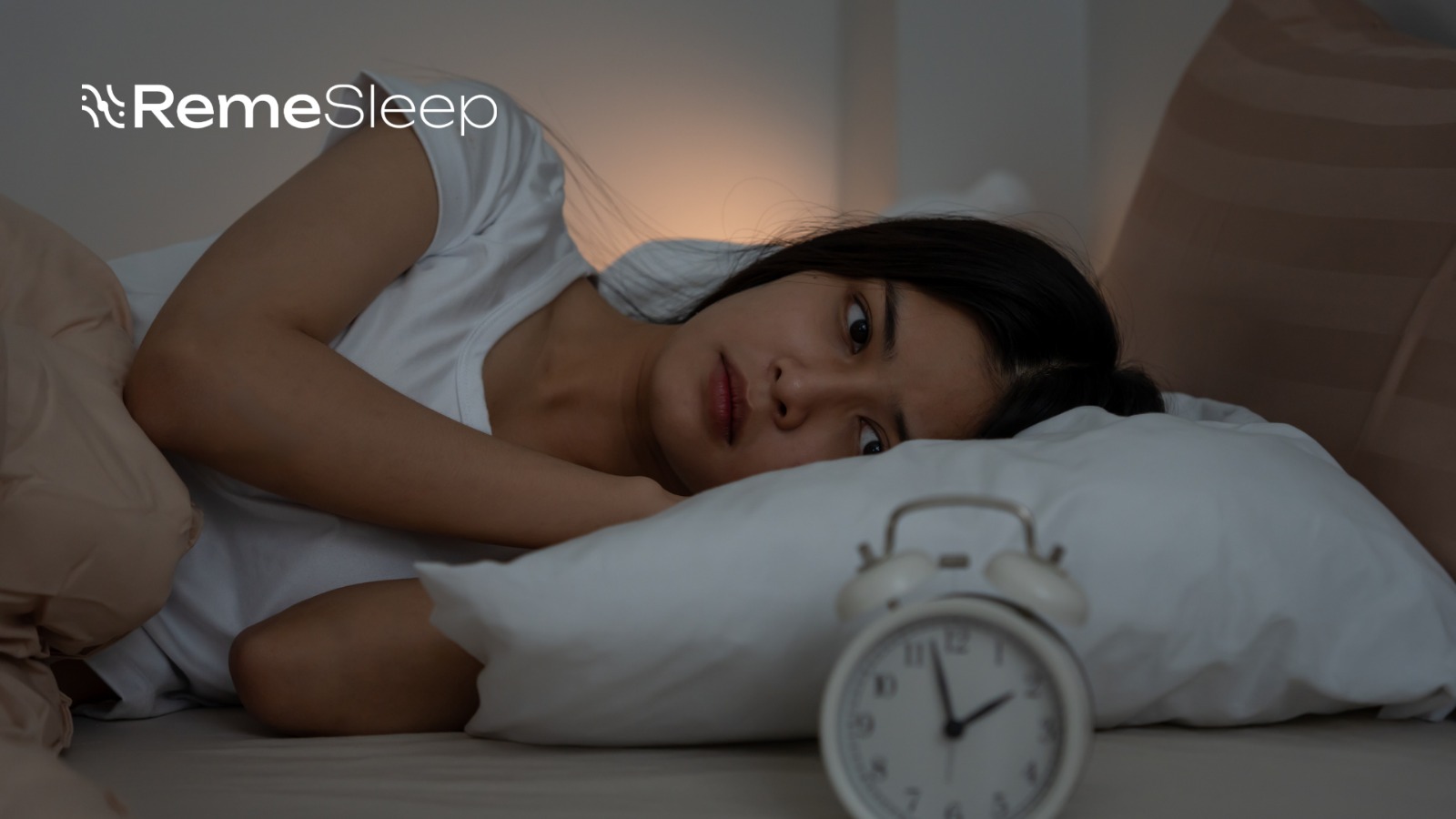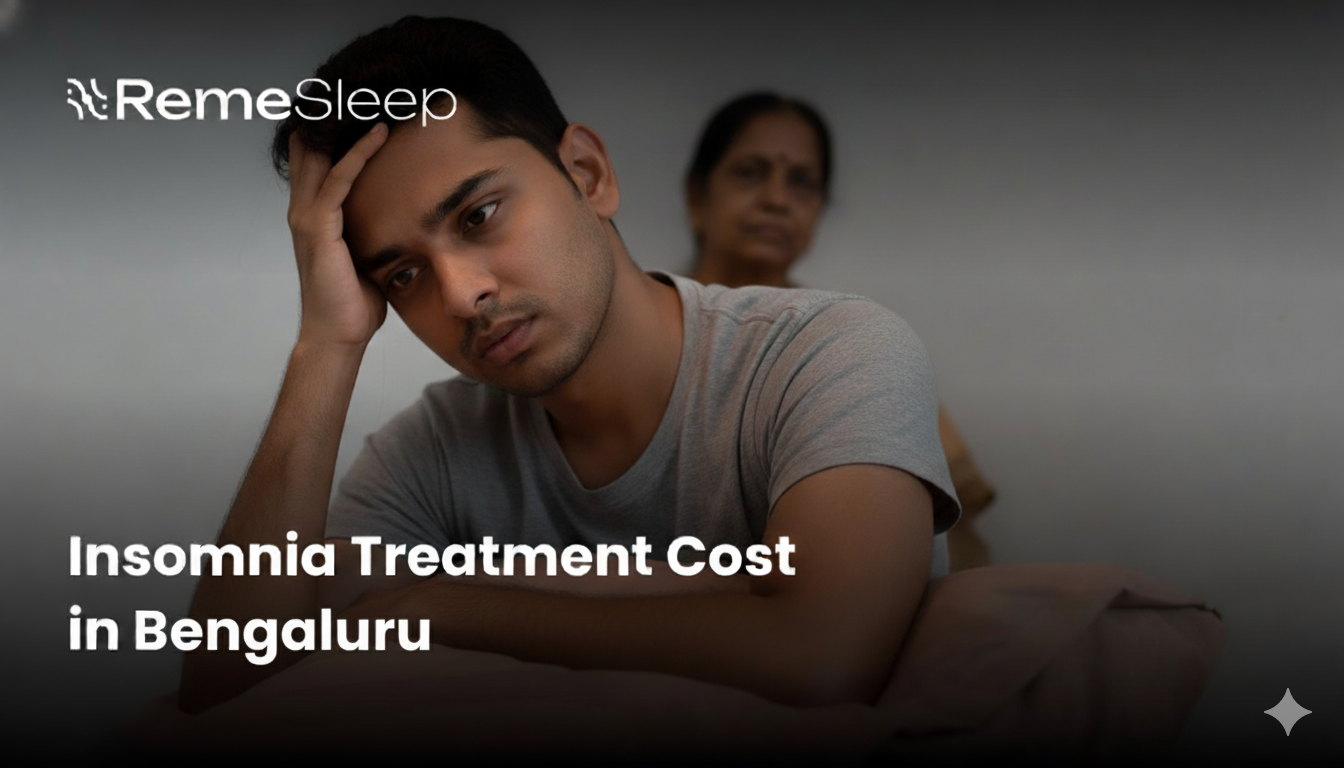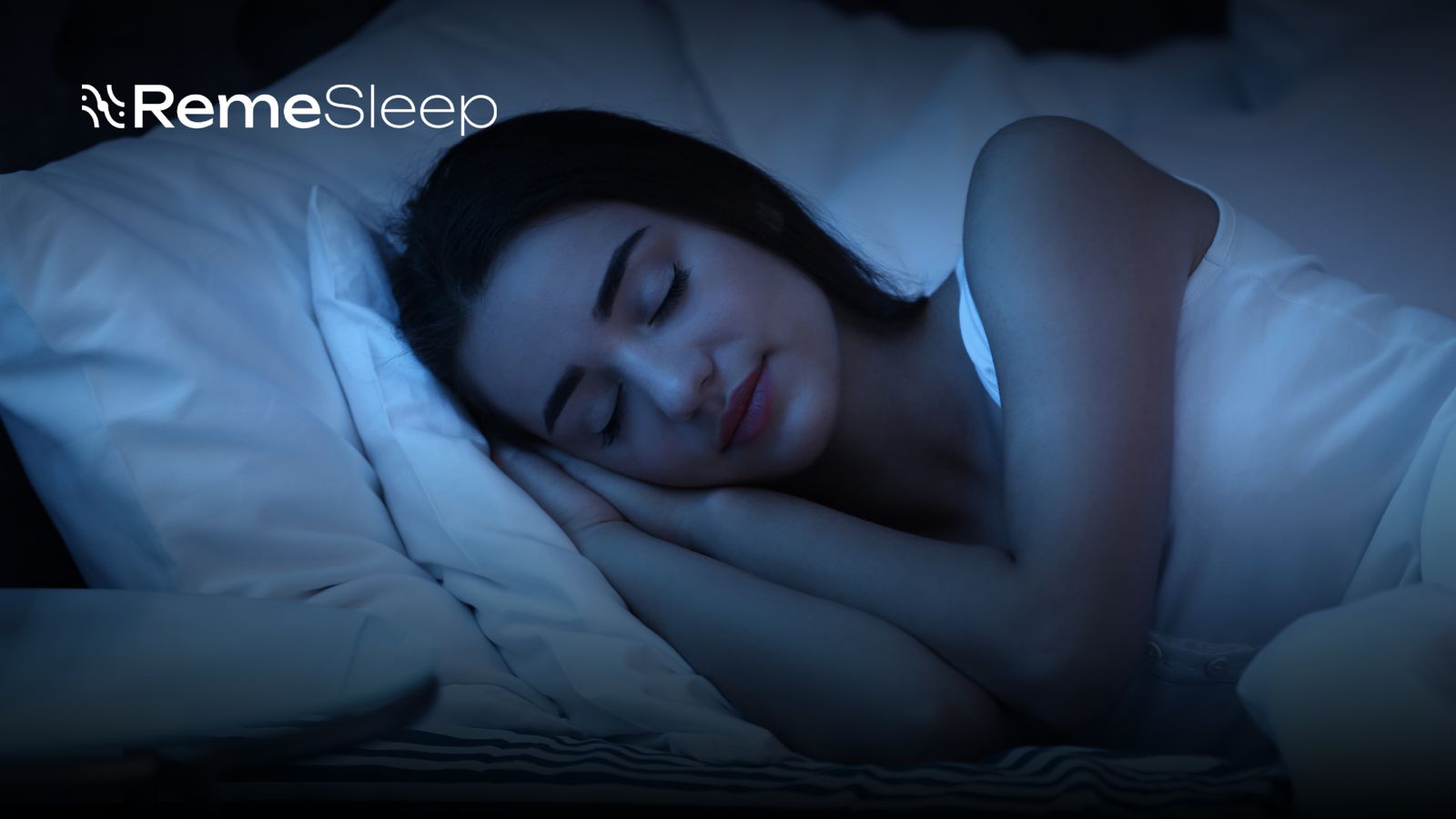Recognizing the symptoms of sleep disorders is the first step toward seeking help and improving your sleep quality. Sleep disorders can vary in their impact, ranging from mild disturbances to conditions that significantly affect your daily life and overall health. Left unaddressed, these disorders can lead to long-term serious issues such as heart attacks, strokes or chronic lingering fatigue, depression, and an increased risk of chronic diseases like hypertension and diabetes. The key to managing sleep disorders is early identification of their symptoms and prompt diagnosis. Below are some common sleep disorders and their associated symptoms, helping you identify whether you might be experiencing a sleep disorder.
1. Insomnia
Insomnia is one of the most common sleep disorders, characterized by difficulty falling asleep, staying asleep, or waking up too early and not being able to go back to sleep. This leads to feelings of unrefreshing sleep and daytime fatigue.
Symptoms of Insomnia:
- Difficulty Falling Asleep: Spending more than 30 minutes trying to fall asleep, despite feeling tired.
- Waking Up Frequently During the Night: Waking up multiple times and finding it difficult to return to sleep.
- Early Morning Wakefulness: Waking up too early in the morning, before your intended wake-up time, and being unable to fall back asleep.
- Non-Restorative Sleep: Waking up feeling unrefreshed, regardless of the number of hours spent in bed.
- Daytime Fatigue: Feeling tired, irritable, or mentally foggy during the day, which can affect your productivity and mood.
- Relying on Sleep Aids: Using over-the-counter or prescription medication to fall asleep regularly.
Chronic insomnia can affect your mood, concentration, and even lead to anxiety and depression. It is often triggered by stress, poor sleep habits, or underlying health conditions.
2. Sleep Apnea
Sleep Apnea is a serious sleep disorder where breathing repeatedly stops and starts during sleep. It can cause fragmented sleep, leading to excessive daytime drowsiness and long-term serious health issues if untreated. The most common form is obstructive sleep apnea (OSA), which occurs when the throat muscles relax excessively during sleep, obstructing the airways.
Symptoms of Sleep Apnea:
- Loud Snoring: Snoring is often the most noticeable sign of sleep apnea. The snoring is usually loud, chronic, and may be interrupted by pauses in breathing.
- Gasping or Choking During Sleep: You may wake up choking or gasping for air, or you might be unaware of this happening but experience frequent awakenings throughout the night.
- Excessive Daytime Sleepiness: Despite spending adequate time in bed, you feel extremely tired during the day and may fall asleep unexpectedly while doing routine tasks (e.g., driving or talking).
- Morning Headaches: Waking up with headaches, often caused by insufficient oxygen levels during sleep.
- Difficulty Concentrating: Mental fogginess and problems with focus, memory, and cognitive performance during the day.
- Irritability or Mood Swings: A lack of quality sleep can lead to mood changes, including irritability and depression.
If left untreated, sleep apnea can increase the risk of cardiovascular problems like heart attacks, heart failures, high blood pressure, diabetes, and even stroke.
3. Restless Leg Syndrome (RLS)
Restless Leg Syndrome (RLS) is a neurological condition that causes an uncontrollable urge to move your legs, usually due to uncomfortable sensations. This condition tends to worsen in the evening or at night, making it difficult to fall or stay asleep.
Symptoms of Restless Leg Syndrome:
- Uncomfortable Sensations in the Legs: People with RLS often describe an uncomfortable sensation such as itching, crawling, tingling, or aching in the legs, which worsens when lying down or sitting for extended periods.
- Strong Urge to Move the Legs: The discomfort is usually relieved by moving the legs, which may lead to frequent tossing and turning in bed.
- Worsening of Symptoms in the Evening or Night: Symptoms tend to become more pronounced in the evening, particularly when the person is trying to relax or sleep.
- Disrupted Sleep: The constant need to move the legs can lead to significant disruptions in sleep, making it difficult to fall asleep or stay asleep.
- Daytime Fatigue: Due to the disrupted sleep caused by RLS, individuals may experience daytime sleepiness, lack of energy, and difficulty concentrating.
RLS may be associated with iron deficiency, kidney disease, or neurological conditions. In severe cases, it can lead to chronic sleep deprivation. Frequently, the cause of RLS is unknown or idiopathic.
4. Narcolepsy
Narcolepsy is a neurological disorder that affects the regulation of sleep-wake cycles. People with narcolepsy experience excessive daytime sleepiness, and in some cases, may have sudden episodes of sleep, known as “sleep attacks,” during the day.
Symptoms of Narcolepsy:
- Excessive Daytime Sleepiness: A feeling of overwhelming fatigue, even after a full night’s sleep, that leads to the irresistible urge to nap or sleep during the day.
- Sleep Attacks: Sudden, unexpected episodes of deep sleep that occur at inappropriate times, such as during conversations, at work, or while driving.
- Cataplexy: A sudden loss of muscle strength triggered by strong emotions, such as laughter or excitement. This can lead to partial or total muscle paralysis and can be brief or more severe.
- Sleep Paralysis: A temporary inability to move or speak when falling asleep or waking up, often accompanied by hallucinations.
- Vivid Dreams or Hallucinations: People with narcolepsy may experience vivid, often frightening, dreams or hallucinations as they fall asleep or wake up.
Narcolepsy can significantly impact daily functioning and quality of life. It is often diagnosed through a sleep study and may require medications and lifestyle adjustments to manage.
5. Parasomnias
Parasomnias are a group of sleep disorders that involve abnormal behaviors during sleep, such as sleepwalking, sleep talking, or night terrors. These disorders can occur during any stage of sleep, but they are most common during non-REM sleep, particularly in the early part of the night.
Symptoms of Parasomnias:
- Sleepwalking: Walking or performing complex behaviors (like eating, dressing, or even driving) while still asleep. The person may have no memory of the event upon waking.
- Sleep Talking: Speaking or making noises during sleep. The speech can range from incoherent mumbling to full conversations, but the person typically doesn’t remember the event.
- Night Terrors: Sudden episodes of intense fear or panic during sleep, often accompanied by screaming, thrashing, or sweating. People experiencing night terrors may wake up with no memory of the episode.
- Nightmares: Disturbing dreams that cause the person to wake up feeling anxious, fearful, or disturbed. These are different from night terrors in that nightmares occur during REM sleep, and the person remembers the content of the dream.
- Teeth Grinding or Bruxism: Grinding or clenching the teeth during sleep, which may result in jaw pain, headaches, or tooth damage.
Parasomnias are often more common in children but can also occur in adults. Stress, sleep deprivation, and certain medications or substances can trigger these behaviors.
